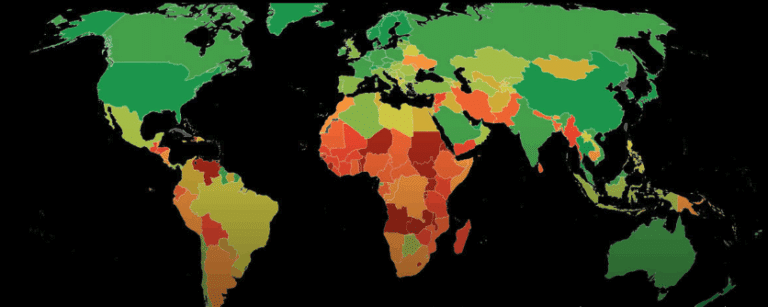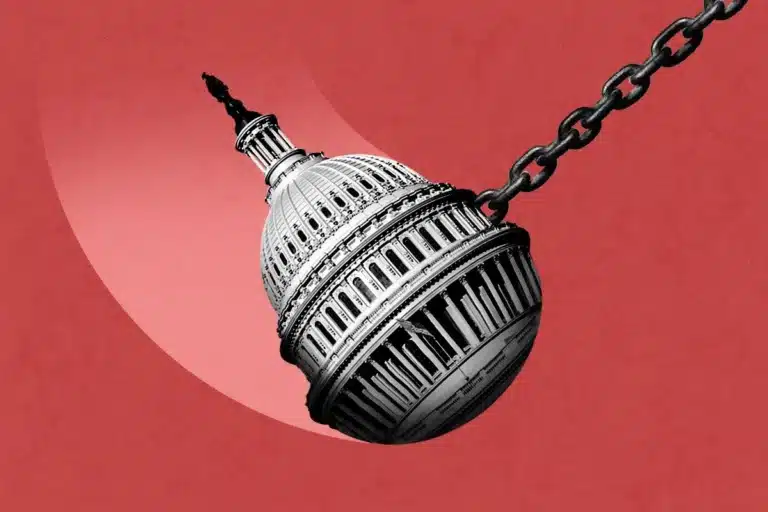This report represents the research and views of the author. It does not necessarily represent the views of the Center on Global Energy Policy. The piece may be subject to further revision. Contributions to SIPA for the benefit of CGEP are general use gifts, which gives the Center discretion in how it allocates these funds. More information is available at Our Partners. Rare cases of sponsored projects are clearly indicated. For a full list of financial supporters of the Center on Global Energy Policy at Columbia University SIPA, please visit our website at Our Partners. See below a list of members that are currently in CGEP’s Visionary Annual Circle.
-
CGEP’s Visionary Annual Circle
-
(This list is updated periodically)
Air Products
Anonymous
Jay Bernstein
Breakthrough Energy LLC
Children’s Investment Fund Foundation (CIFF)
Foreword
The Center on Global Energy Policy (CGEP) at Columbia University’s School of International and Public Affairs launched a Carbon Tax Research Initiative in 2018 with the goal of enabling the design and thoughtful consideration of federal carbon tax policy in the United States. The initiative is a collaboration among scholars at CGEP, the broader Columbia University faculty, and independent external experts. This paper is a collaboration between CGEP and Rhodium Group, an independent research provider.
Executive Summary
Growing public concern about the social, economic, and environmental impacts of climate change, along with pressure for lawmakers to introduce policy proposals that reduce emissions, have brought carbon taxes to the center of policy discussions on Capitol Hill. Thus far in 2019, seven different carbon tax legislative proposals have been introduced in Congress. The proposal with the most cosponsors, totaling 64 Democrats and 1 Republican as of the end of September 2019, is the Energy Innovation and Carbon Dividend Act (EICDA), introduced in February 2019 by lead sponsor Ted Deutch (D-FL). This study assesses the potential impacts of EICDA on the US energy system, environment, and economy.
EICDA establishes a fee on each ton of greenhouse gas (GHG) emissions. It covers over 80 percent of gross national emissions. The fee starts at $15 per metric ton and increases by $10 or $15 each year, depending on future emissions levels. Revenue raised by the carbon fee is used for “carbon dividends,” a rebate to every eligible US citizen or lawful resident. The bill also includes measures to protect US competitiveness and to reduce the risk that companies will relocate their operations to a different country with laxer climate laws. Through the carbon fee and additional regulations if necessary, EICDA targets 90 percent emissions reductions by 2050 compared to 2016 levels.
This study is part of a joint effort by Columbia University’s Center on Global Energy Policy (CGEP) and Rhodium Group to help policymakers, journalists, and other stakeholders understand the important decisions associated with the design of carbon tax policies and the implications of these decisions. This analysis uses a version of the National Energy Modeling System maintained by the Rhodium Group (RHG-NEMS) to quantify the energy and environmental implications of EICDA, focusing on outcomes through 2030. Supplemental analyses provide insights on how EICDA would affect households, the economy, and government budgets.
The following are key results:
- GHG emissions decline substantially. Compared to 2005 levels, implementing EICDA as a stand-alone policy leads to economy-wide net GHG emissions reductions of 32–33 percent by 2025 and 36–38 percent by 2030. These emissions reductions exceed the targets in the EICDA proposal through 2030 and exceed the US commitments to the Paris Agreement over this period. Most of the near-term emission reductions occur in the power sector, where emissions fall 82–84 percent by 2030.
- Air pollution also declines. EICDA reduces local air pollution from power plants. Sulfur dioxide (SO2) and mercury emissions from the power sector decline by more than 95 percent and emissions of oxides of nitrogen (NOx) decline by about 75 percent by 2030 relative to a current policy scenario.
- Electricity generation shifts to cleaner sources. The price on carbon causes the US economy to shift from carbon-intensive energy sources to low- and zero-carbon energy sources. Coal is nearly eliminated from the power sector by 2030, with solar, wind, nuclear, and natural gas with carbon capture and storage all providing significantly larger generation shares compared to a current policy scenario.
- Energy prices rise but do not skyrocket. The price on carbon causes energy prices to increase for all carbon-emitting fuels, which leads to significantly higher overall energy expenditures, though within the range of recent historical variation. Taking two prominent examples, results show EICDA causing national average gasoline prices to increase by about 12 cents per gallon in 2020 and 90 cents per gallon in 2030 and causing national average electricity prices to increase by about 1 and 3 cents per kilowatt hour in 2020 and 2030, respectively. EICDA causes per capita energy expenditures to increase by $200-$210 in 2020 and $1,160-$1,170 in 2030 compared to a current policy scenario. In all years, annual per capita energy expenditures remain below the recent historical peak during the commodities crisis in 2008.
- The carbon dividend cushions energy price impacts. EICDA generates substantial revenue that is distributed in the form of equal dividend payments. EICDA generates $72–$75 billion in carbon tax revenues in 2020 and $403–$422 billion in 2030. This translates into an annual dividend for eligible adults of $250-$260 in 2020 and $1,410-$1,470 in 2030, with half those amounts also paid to eligible children. On average, the carbon dividend payments are comparable to the changes in energy expenditures caused by EICDA. Because higher-income households purchase far more carbon-intensive goods and services, distributing dividends equally implies that average low- and middle-income households receive more in dividends than they pay in increased economy-wide prices for goods and services resulting from the carbon tax.
- Net government revenue declines slightly, at least initially. Carbon tax-and-dividend policies are often described as “revenue neutral,” but the impacts of EICDA on government revenue are uncertain and likely negative in the near term. We estimate that the net government revenues under EICDA decline by roughly 10 percent of the annual carbon tax revenue in the early years of the policy. This estimate considers government revenue gains from taxing emissions and dividends, dividend payouts, and government revenue losses from reduced income and payroll taxes from those who pay the carbon tax. However, the proposal will also affect government revenue in other ways that are beyond the scope of our analysis, so the overall impacts on net government revenue is uncertain.





